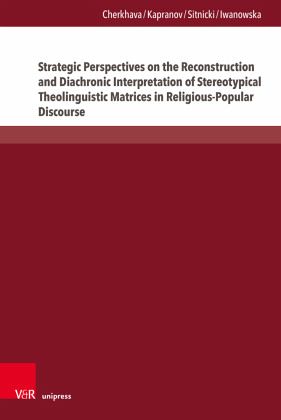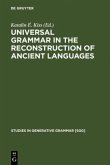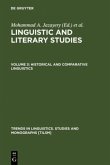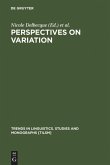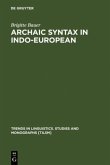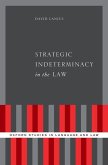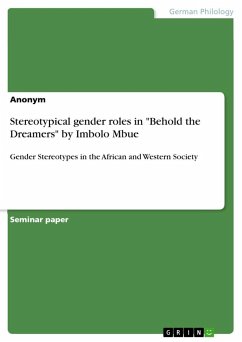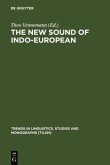This monograph delves into the complex relationship between language, religion, and culture, focusing on how religious discourse evolves and adapts across English, German, and Ukrainian contexts. By reconstructing theolinguistic matrices-the frameworks that encode religious beliefs-this work reveals how key concepts like faith, righteousness, and repentance are communicated, preserved, and transformed over time. Combining comparative linguistics with cognitive-semantic approaches, the volume offers strategic insights into the metaphorical and archetypal structures underlying religious language, bridging ancient traditions with modern communicative contexts.
Bitte wählen Sie Ihr Anliegen aus.
Rechnungen
Retourenschein anfordern
Bestellstatus
Storno

